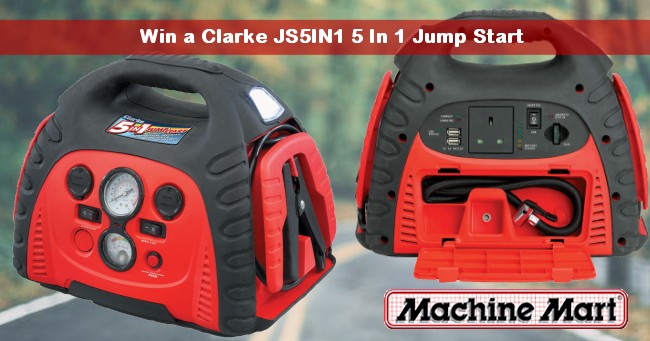Joined: 17/9/2015 Diamond Member 
Forum Posts: 2327
| Site Reviews Total: | 1 |
|
| Site Reviews 2024: | 0  |
| Site Reviews 2023: | 0  |
| Site Reviews 2022: | 0  |
| Site Reviews 2021: | 0  |
| Site Reviews 2020: | 0  |
| Site Reviews 2019: | 1  |
| Site Reviews 2018: | 0  |
|
| Site Nights 2024: | 0 |
| Site Nights 2023: | 0 |
| Site Nights 2022: | 0 |
| Site Nights 2021: | 0 |
| Site Nights 2020: | 0 |
| Site Nights 2019: | 6 |
| Site Nights 2018: | 0 |
|
Bit of a complicated answer delving into the 'science' of electricity I'm afraid!
Two aspects there, firstly the ice maker, it's basically a small refrigeration device with a compressor much like a domestic freezer, now the type of motor used can have a HUGE momentary start up surge current, frequently 10 - 20x the run current! That means your invertor is potentially trying to power a 1.2 - 2.4Kw load, NOT a 120W run load on start up, which is not necessarily just first time the unit is switched on either, but every time the compressor motor starts up if any kind of thermostatic switching!
Starting loads that have a huge start up surge are often the downfall of many inverters, as they go into protective overload shut down quickly and BEFORE the load demand has stabilised to normal run current load!
Now the 'quality' of inverters! Read the reviews of many commonly available inverters, even some of the most popular brands, reveals quite a high failure rate, somewhat higher than you might expect, now whether that is down to poor quality equipment, or innocently ignorant users perpetually pushing them beyond design limits is a great unknow!
Many of us with invertors and generators have encountered 'fail to start' issues where the initial switch on start load overwhelms the supplying equipment!
When equipment is supplied by the mains, firstly the mains has far greater capacity for demand overload, and protection devices like normal fuses and circuit breakers are relatively slow to act, so equipment has time to power up and reduce demand to rated 'run current', but limited capacity supplies like invertors and generators often get overwhelmed and trip out overload safety systems, or suffer voltage drops that stop/delay the connected equipment starting properly.
Determining, what any piece of equipment requires in terms of a supply source is not straight forwards, the rated power is the normal run demand, it does not take into account start up surges! Different types of equipment have different characteristics, anything with a motor or transformer will draw a momentary surge that self limits and reduces demand once running properly, even a humble incandescent light bulb draws a surge current until fully up to brightness! Many bits of quality equipment, and those destined for 'limited' power sources like camping equipment often have 'soft start' features to overcome problems.
Can you as a layman determine what power supply you need for any given bit of equipment? Not necessarily, manufacturers never seem to publish surge demands for equipment, nor even mention it exists! Rough guide, anything with a motor may require 10x or more than stated run current, things like microwaves are another notorious power gobbler, it may have a 700W rating on the front (but that is the cooking power OUTPUT!), but will likely demand up to 1.2kW run power, and many times that surge power EVERY time the Ignitron fires!
|








 via mobile 10/10/2024 at 2:58pm
via mobile 10/10/2024 at 2:58pm






